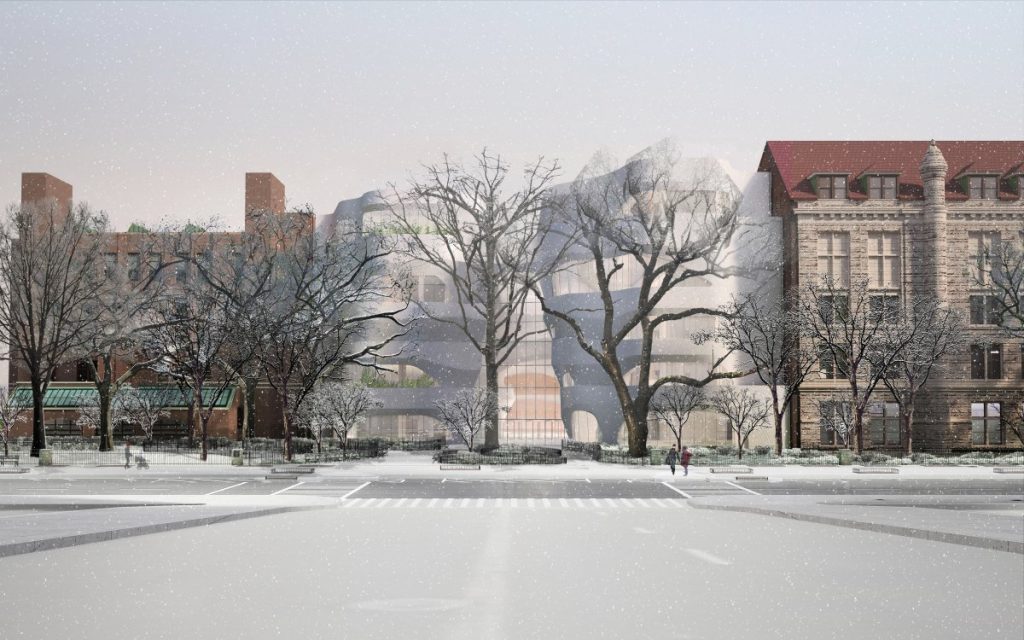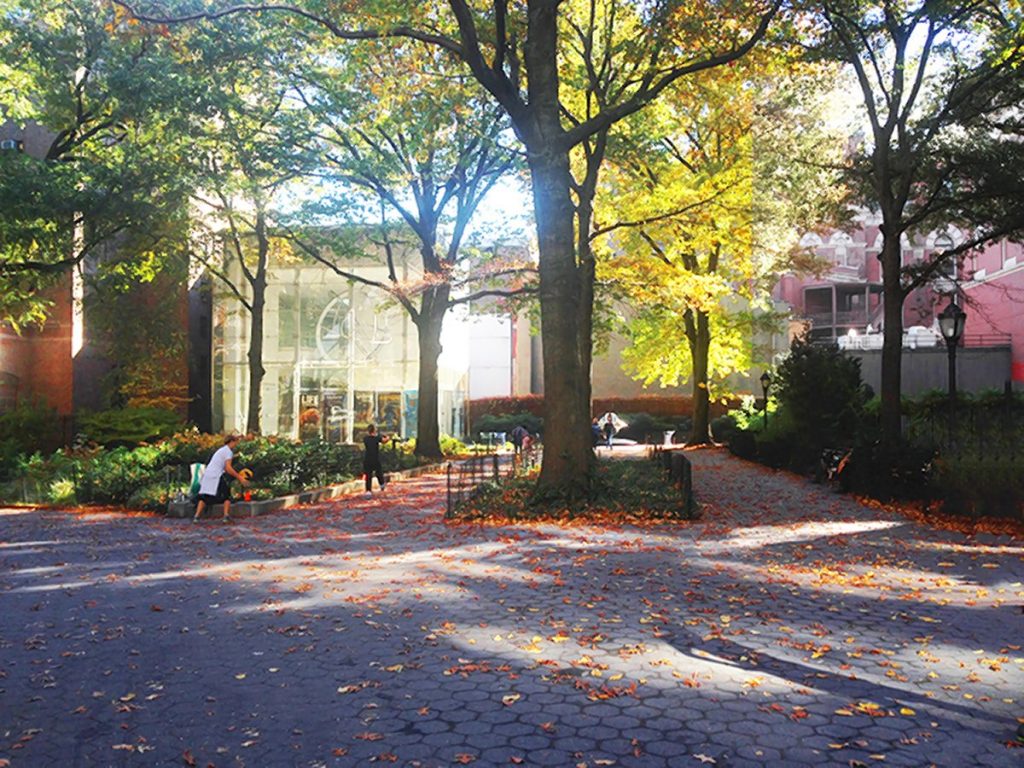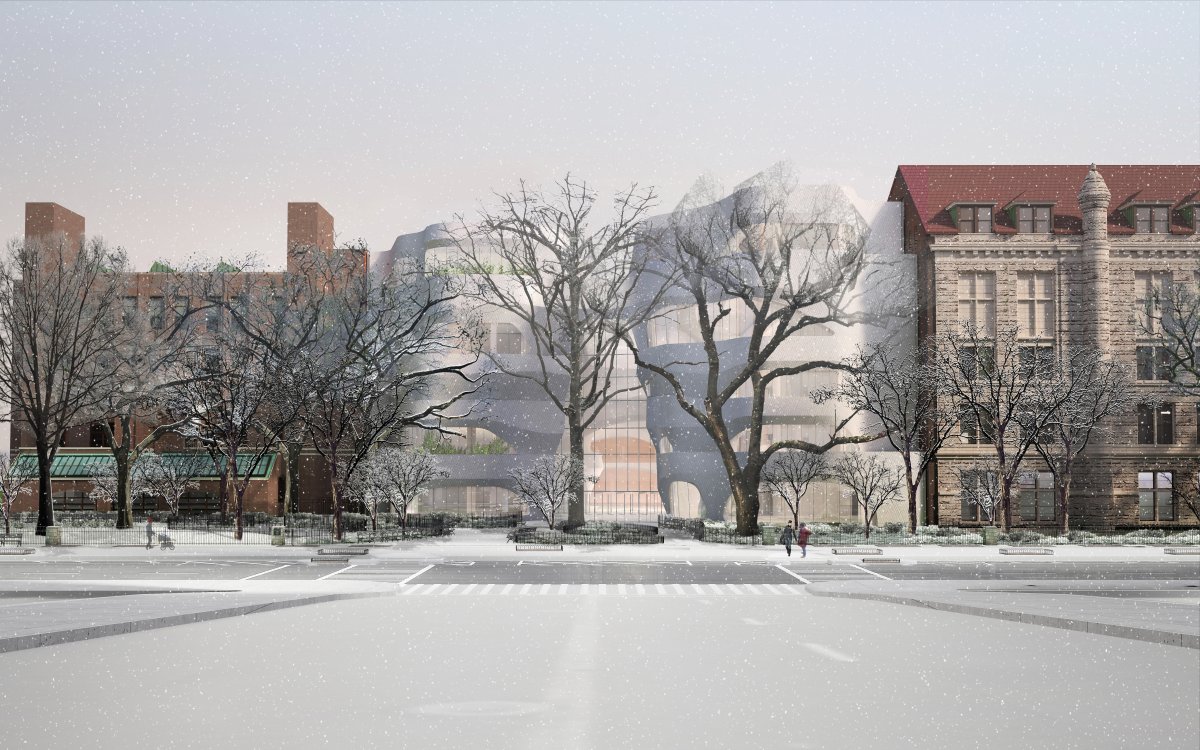
BY GABE HERMAN | On Dec. 10, a State Supreme Court justice ruled that the American Museum of Natural History could proceed with building its planned new $383 million Gilder Center for Science, Education and Innovation on parts of adjacent Theodore Roosevelt Park. But on Dec. 19, an Appellate Court issued a temporary-stay order against construction in the park until an appeal on the case is heard.
The local organization fighting to preserve the green space, Community United to Protect Theodore Roosevelt Park, called the decision “an incredible development” in announcing it on its Web site.
“Our legal fight would have been dead in the water, but in a mere matter of hours, our position is stronger than ever,” the statement said.
“We regard the order as incredibly significant,” said Community United lawyer Michael Hiller. “This is a recognition by the court that the interests of preserving the green space far outweigh any effort by the museum to act quickly to start doing more work in the park.”
The Gilder Center would use one-quarter acre of the park, which totals 17.5 acres. The museum currently occupies 7.7 acres within the park. Some of the dispute has involved trees that would be lost due to the construction work for the project.
The museum sent a statement to Manhattan Express in response to the temporary-stay order:
“The Museum is confident that Judge Kotler’s December 10, 2018, clear decision on the merits, which dismissed the entire case, will be affirmed on appeal, the museum said. “Yesterday’s interim stay order is essentially confined to seven trees. The Museum will continue to focus on the numerous aspects of the project that are already moving forward and on its commitment to bringing to New Yorkers and visitors from around the world the expanded educational and scientific resources made possible by the Gilder Center for Science, Education and Innovation.”

Hiller called the museum’s notion of the order being basically confined to seven trees “a crock.”
“That’s ridiculous spin. They can’t do any harm to the green space,” asserted William Raudenbush, chairperson of Community United. “It’s par for the course that they trivialize seven 50-plus-year-old trees as being something so casual.
“It’s very unfortunate to be facing a cultural institution to begin with,” he added, “but at this phase, you kind of have to look at them as a developer.”
Community United wants the museum’s proposed project to go through the official city review process known as Uniform Land Use Review Procedure, or ULURP.
The city claims the park was given to it in an 1876 statute, according to Community United attorney Hiller. But he said that statute only involved contracts with the park to build, and didn’t concern ownership of the whole park. Hiller said that a few years later, the city wanted to build and went to the state Legislature to ask for permission, and that only in this latest project is the city now claiming full park ownership. The city supports the Gilder project.
Raudenbush told Manhattan Express, “We’re not asking for the moon. We’re asking for them to go through the proper processes as enshrined in the law.”
Hiller said there is no date set yet for the appeal, but added, “At our suggestion, the court will likely set an expedited schedule.”
“If we don’t have this protection, they could do whatever they want,” he added. “They have refused to provide a master plan for the future, which as neighbors, leaves a lot of doubt and a lot of paranoia about how they plan on impacting the neighborhood. And it doesn’t seem to me like they’re considering us at all.”


















